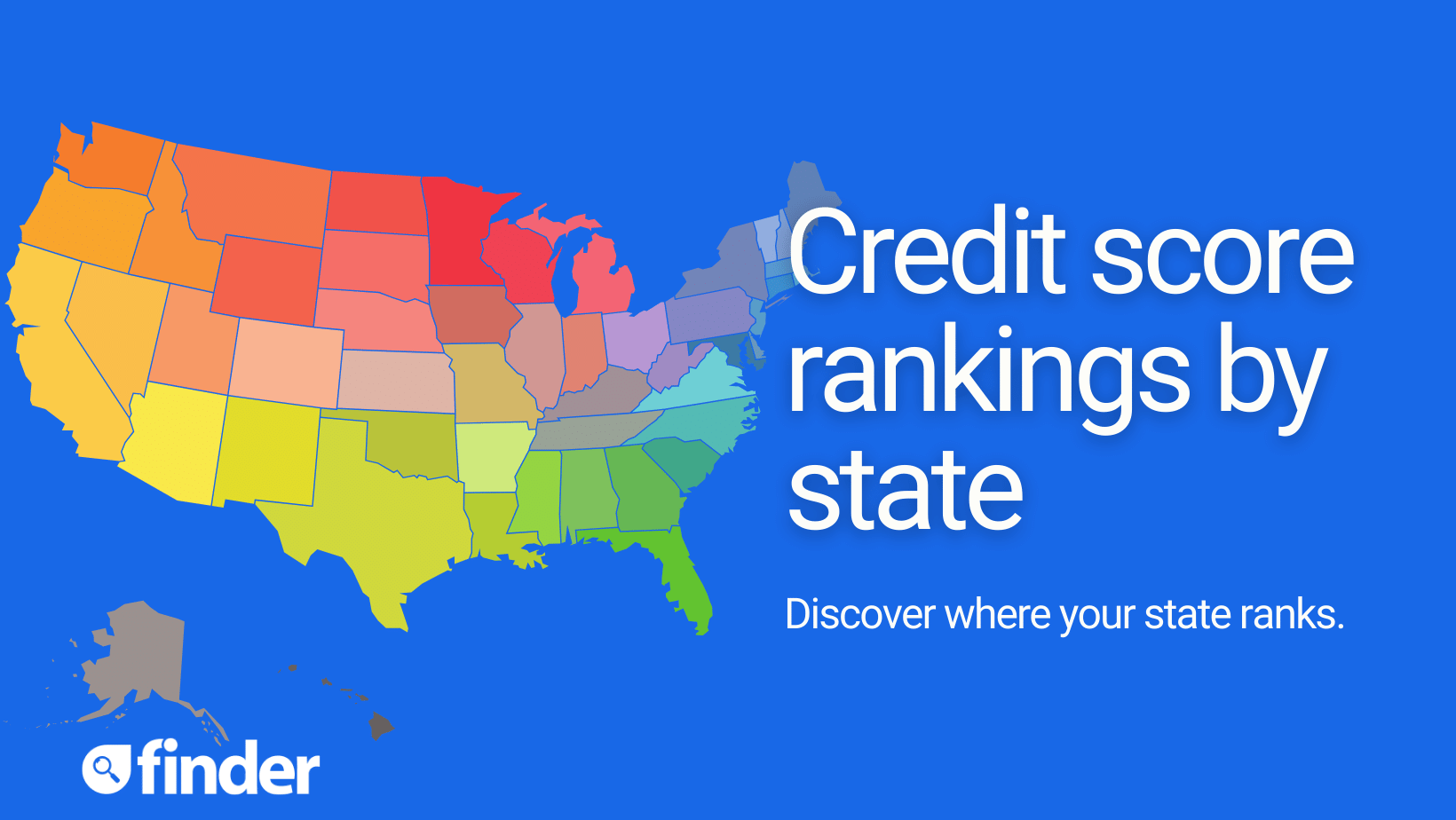
How healthy is America’s credit? The nation’s average credit score sat at 701 in November 2023, up five points from 696 in November 2022, according to VantageScore’s CreditGauge. This makes it “prime” by VantageScore standards and “good” by FICO’s.
The data shows America’s credit health is gradually improving, up 10 points from November 2020 — and all 50 states got a boost this past year.
Which state has the best average credit score?
Minnesota had the best average credit score among the 50 states (727).
Which state has the worst average credit score?
Mississippi had the worst average credit score, at 669.
States with the most-improved average credit scores
As for the most-improved state, that distinction belongs to Kansas, which went up by nine points year on year (from 697 in November 2022 to 706 in November 2023). States in the Midwest and South saw the biggest improvements in their average credit scores.
How long will it take the US to notably improve its credit score?
Based on the average credit score at the start of the past three years and barring the influence of any national or global events, it’ll take until 2031 for the average national credit score to be “very good” and get to 740 points based on VantageScore’s scale. However, the US will have to wait until 2053 to achieve a “perfect” credit score of 850.
Tackling the nation’s credit card debt
Credit card delinquencies continue to rise — among those with subprime credit (300 to 600) and DPD (days past due) of 30 to 59, delinquencies went from 7.97% in November 2022 to 9.11% in November 2023.
Which generation has the most credit card debt?
Gen X ($8,882) has the highest average credit card balance, followed by gen Y ($6,611) and baby boomers ($6,099).
Is gen Z phasing out credit card use?
Three years ago, gen Z led the way in newly opened credit card accounts (5% in November 2020). Now, they’re less likely than gen Y and gen X to get a credit card, with 3.5% doing so in November 2023. By January 2025, fewer than 1% of gen Z adults will be opening new credit card accounts.
Although gen Z Americans have a lower average credit card balance than gen Y and gen X, they may see a whopping 22% increase in their balance by November 2024.
Gen Z adults may also be cautious of getting new credit cards as they’re the generation with the highest delinquency rate in November 2023 (1.13%) for those with a 30 to 59 DPD. Another reason for reluctance? Rising social media trends around frugality.
Additional gen Z trends
- Personal loans are the most popular financial product among gen Z year on year, with this age group the most likely to apply for them. Overall, though, all age groups except the silent generation were less likely to get a personal loan in November 2023 than the previous year.
- Gen Z homeownership is becoming less common. Gen Z Americans are getting fewer mortgages, recording a -16% percentage change from 1.52% in November 2022 to 1.28% in November 2023. If this trend keeps up, January 2024 will see fewer than 1% of gen Z applying for mortgages. Gen Z is the only age group with an increase in mortgage delinquencies for November 2023, which may be why they’re less eager to apply for them moving forward.
- Auto loans on the downslide for gen Z. The past three years saw a significant decrease in new auto loans by gen Z, from 3.6% in November 2020 to 2.2% in November 2023. They may be veering from the footsteps of gen X, who currently owe an average of about $27,000 in auto loans ($7,000 more than gen Z).
Data source: VantageScore Credit Gauge
Image source: Shutterstock
Ask a question
